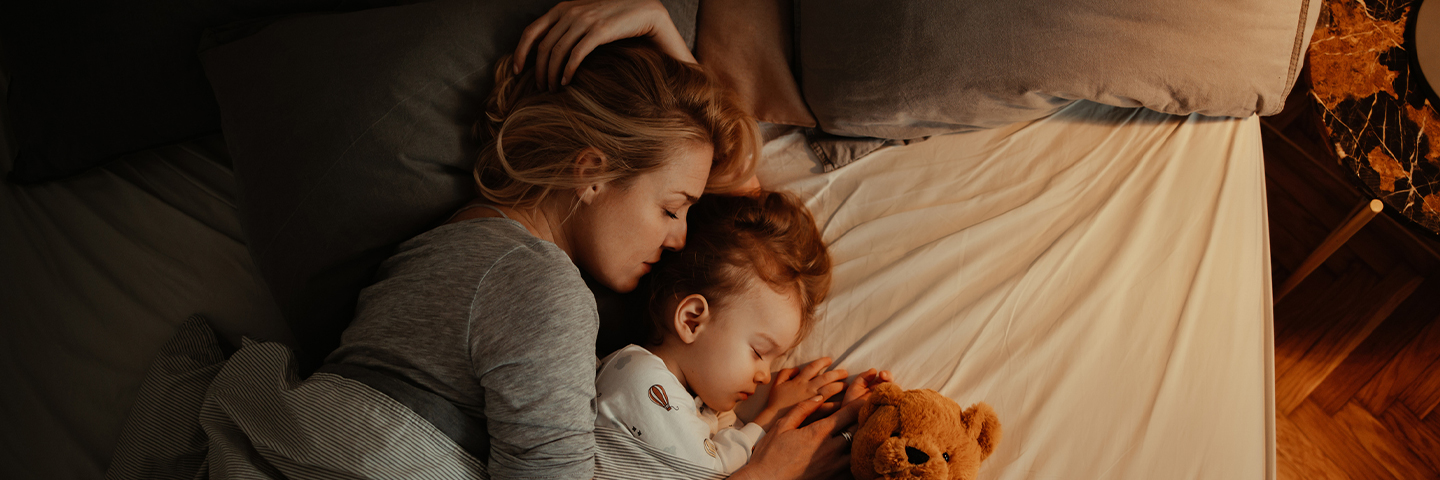Flame retardants provide consumers with a critical layer of fire protection and are vital to reducing the risks associated with otherwise combustible materials and fire.
Robust fire safety codes and product safety standards can dramatically affect overall fire conditions, including ignition development, smoke generation, escape time, and time available for emergency personnel to respond.1Source: Blais, Matthew S., Karen Carpenter, and Kyle Fernandez. “Comparative Room Burn Study of Furnished Rooms from the United Kingdom, France and the United States.” Fire Technology (2019): 1-26.
Furniture
There are a range of safety standards and tests that exist for upholstered furniture.
The standards are technology neutral, allowing furniture manufacturers to determine the best way to meet the designated standards and fire safety tests. Nothing in these standards requires the use of flame retardants.

On December 27, 2020, as part of the COVID-19 Regulatory Relief and Work from Home Safety Act (Public Law No. 116-260), CPSC was required to promulgate California Technical Bulletin 117-2013 (TB 117-2013) as a federal flammability standard for upholstered furniture under section 4 of the Flammable Fabrics Act. The rule took effect on June 25, 2021.
This requirement came despite analysis from CPSC technical staff that TB 117-2013 does not “adequately predict real furniture flammability performance.”2 Source: U.S. Consumer Product Safety Commission, “Staff Briefing Package: Upholstered Furniture Flammability; Staff Activities and Recommendations,” September 2019, page 5. Learn More. CPSC technical staff as part of its 2016 analysis of TB 117-2013 noted that it had “numerous concerns about the standard.”3 Source: U.S. Consumer Product Safety Commission, “The Feasibility, Benefits and Costs of Adopting TB 117-2013 as a Mandatory National Standard,” September 2016, page 11. Learn More. The biggest disadvantage that CPSC technical staff cited in adopting TB 117-2013 was that it “would not effectively improve upholstered furniture flammability performance.”4 Source: Ibid., page 14.

The state of California removed its requirement for upholstered furniture to resist ignition to a small open flame when the state implemented TB 117-2013 on January 1, 2015. Passage of smolder resistance testing is still needed for compliance with TB 117-2013.
The CPSC has also been evaluating options for a national standard and recently completed its own internal review. The CPSC review recognized furniture as a critical fire source (that is probably underestimated) and recommends that the CSPC not adopt California TB 117-2013, since it would not be an effective test and would not result in any significant improvements in upholstered furniture fire safety.5Source: CPSC. Staff Briefing Package. Upholstered Furniture Flammability; Staff Activities and Recommendation. September, 2019. Learn More
In terms of state requirements, California has established fire safety standards for both residential and commercial upholstered furniture. Since there is currently no federal/national standard, California’s standards have become a key market driver. California has two standards related to furniture:
- Technical Bulletin 117 – Requirements, Test Procedures and Apparatus for Testing the Flame Retardance of Filling Materials Used in Upholstered Furniture6Source: California Technical Bulletin 117-2013. Learn More.
- Technical Bulletin 133 – Flammability Test Procedure for Seating Furniture for Use in Public Occupancies7Source: California Technical Bulletin 133. Learn More.
The video is provided with the permission of the Southwest Research Institute (SwRI). SwRI performed the study upon which the video is based with funding provided by NAFRA. SwRI is one of the oldest and largest independent, nonprofit, applied research and development organizations in the United States. Founded in 1947, SwRI provides contract research and development services to government and industrial clients.
New research shows how product fire standards impact the severity of room content fires. For the research, rooms were constructed to simulate a living area commonly involved in a house fire. The simulated rooms demonstrate that differences among country-specific fire codes in real-world scenarios can dramatically affect overall fire conditions, including ignition development, smoke generation and quality, escape time, and time available for emergency personnel response
The time to flashover of furnishings from the U.K. room was delayed more than 13 to 17 minutes in comparison to countries with less protective fire safety standards. In addition, the development of the black smoke is significantly delayed by the use of flame retardants. Learn More.
For additional information about the use of flame retardants in couches and other upholstered furniture, click here.
Electronics

Among the many uses of flame retardants in electrical and electronic equipment, additive, non-polymeric organohalogen flame retardants play a critical fire safety role in the plastic casings of electronics.
Studies demonstrate that flame retardants in the plastic casings of electronic products increase consumer product safety by regularly preventing short circuits and overheating components from becoming fires.8Source: Special Chem. Flame Retardants for Fire Proof Plastics. Learn More.,9Source: Craftech. Learn More.,10Source: “Designing with Polymers,” Elements40, Issue 3/2012, Evonik Industries, 6-12. Learn More.
One study, in particular, evaluated televisions meeting U.S. standards for flammability against other less stringent fire safety standards in Brazil and Mexico and found that televisions manufactured for the U.S. market were more resistant to external ignition than the others.11Source: Blais, M., and Carpenter, K. 2014. Combustion Characteristics of Flat Panel Televisions With and Without Fire Retardants in the Casing. Fire and Technology 51: 19-40.
Notably, in four out of the six trials from the study, the external casings of the televisions with flame retardants did not achieve sustained ignition. In the instances when ignition did occur, it required more than 10 times the energy to cause flame retardant televisions to ignite.
Flame Retardants Are an Important Tool to Help Reduce Electronics Fire Risk
The average home contains more than 20 electronic products, including televisions, smartphones, computers, gaming systems and tablets.12CTA. Energy Consumption of Consumer Electronics in U.S. Homes in 2013. These devices are embedded into our everyday lives, yet they could not be used safely if it weren’t for flame retardants.
Have you ever noticed sparks, overheating, melting, or smoke from an electrical device?
Flame retardants are one of the key reasons these failures may not escalate into something more serious like a home or office fire.
Flame retardants not only reduce the risk of a fire starting, but also the risk of the fire spreading, leaving more time for people to escape and more time for emergency personnel to respond.
Different Products Require Different Chemical Compounds
Not all flame retardants are the same. Plastics and other materials where flame retardants are used are widely different in their inherent properties and in roles they serve in their products. Similarly, flame retardants are a widely diverse set of chemicals that vary by functionality and application. They all help to inhibit or suppress fire ignition — no ignition, no fire. Specific flame retardants are included in electronics products based on product attributes, properties, use, and potential ignition threats.
Meeting Safety Standards and Environmental Stewardship
The electronics industry works with governments, standards-setting bodies, and other stakeholders to continuously evaluate the materials it uses in its products to ensure safety standards and environmental stewardship requirements are met. Regulatory bodies — such as the U.S. Environmental Protection Agency (EPA) and U.S. Consumer Product Safety Commission (CPSC), as well as standard-setting organizations like the National Fire Protection Association (NFPA), International Code Council (ICC), and Underwriters Laboratories (UL) — test, approve, or oversee the safe use of flame retardants and the products where they are used.
Transportation
Preventing fires and extending escape time are of utmost importance when people are in a confined and not easily vacated space. Spanning all modes of transportation, including airplanes, cars, trains, busses and even e-bikes and e-scooters, flame retardants can play a key role in protecting travelers from the devastation of fire. The critical role of flame retardants as a tool in fire prevention as electrification of transportation becomes more prevalent was cited in a 2022 Journal of Fire Science publication. Fire safety in cars continues to be of increased importance with the emergence of electric vehicles (EVs).

After the July 2013 Asiana Airline crash in San Francisco, for example, experts credited flame retardant materials with helping passengers survive the crash. Former FAA Director Steven Wallace told the New York Times that flame retardant materials inside the plane, including foil wrapping under the seats, most likely helped protect many passengers. During the Daytona 500 in February 2020, Ryan Newman spun out and crashed his race car. After being taken to the hospital with what was described as “serious injuries,” he was up talking to his doctors just a day later and released soon thereafter. NASCAR safety innovations, including flame retardant suits, gloves, and neck sleeves have been helping protect drivers like Newman.
Flame Retardants Toolkit
- Flame retardants are critical safety tools.
- Flame retardants keep homes safe.
- Electronics present unique fire safety risks.
- Manufacturers must balance the need to meet consumer demand for smaller, lighter, and more powerful electronics with the need to ensure that those devices meet safety standards.
- Flame retardants are essential to overall electronics safety and performance.
- There are no “universal” flame retardants: different end products require different solutions and not all flame retardants are the same.


